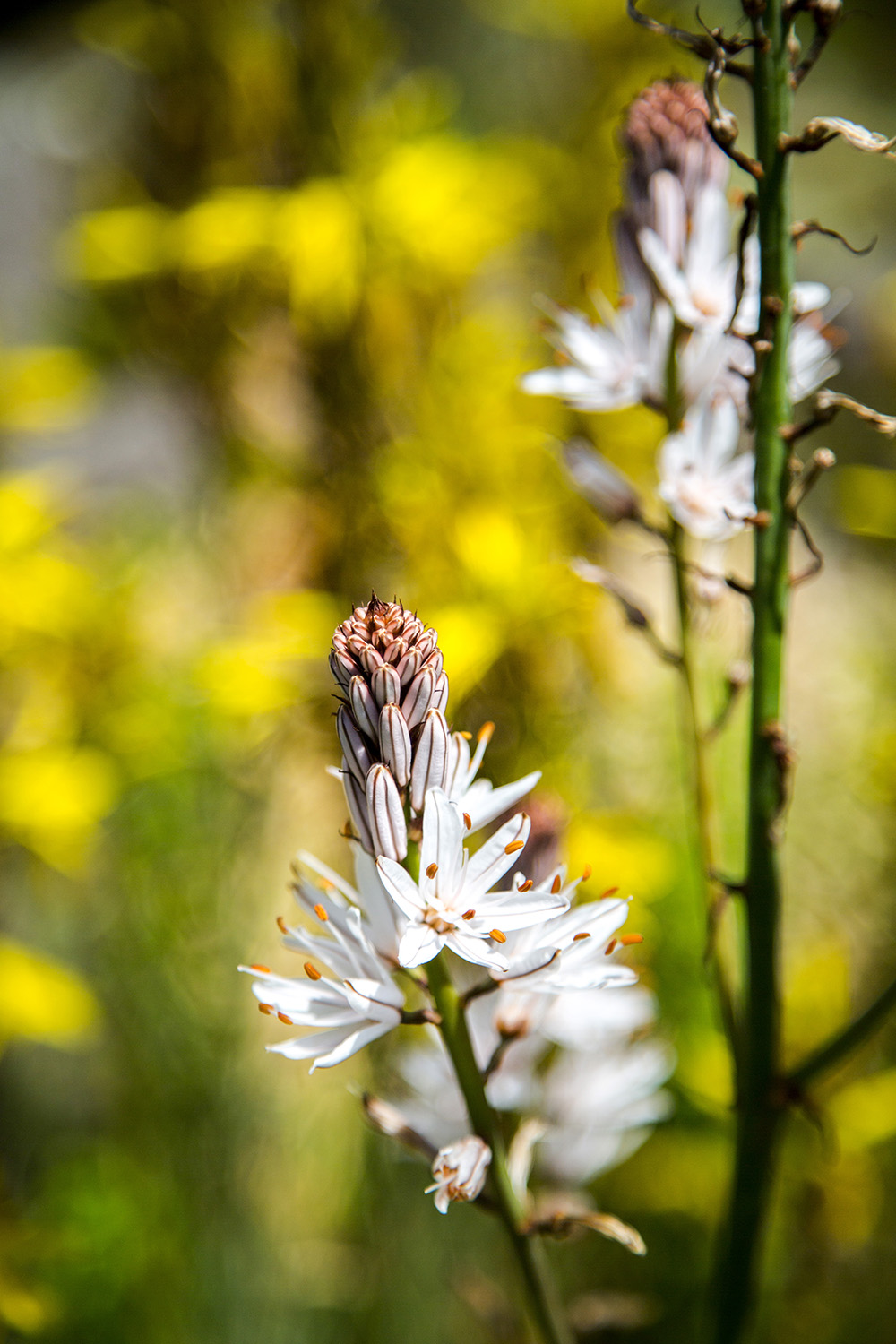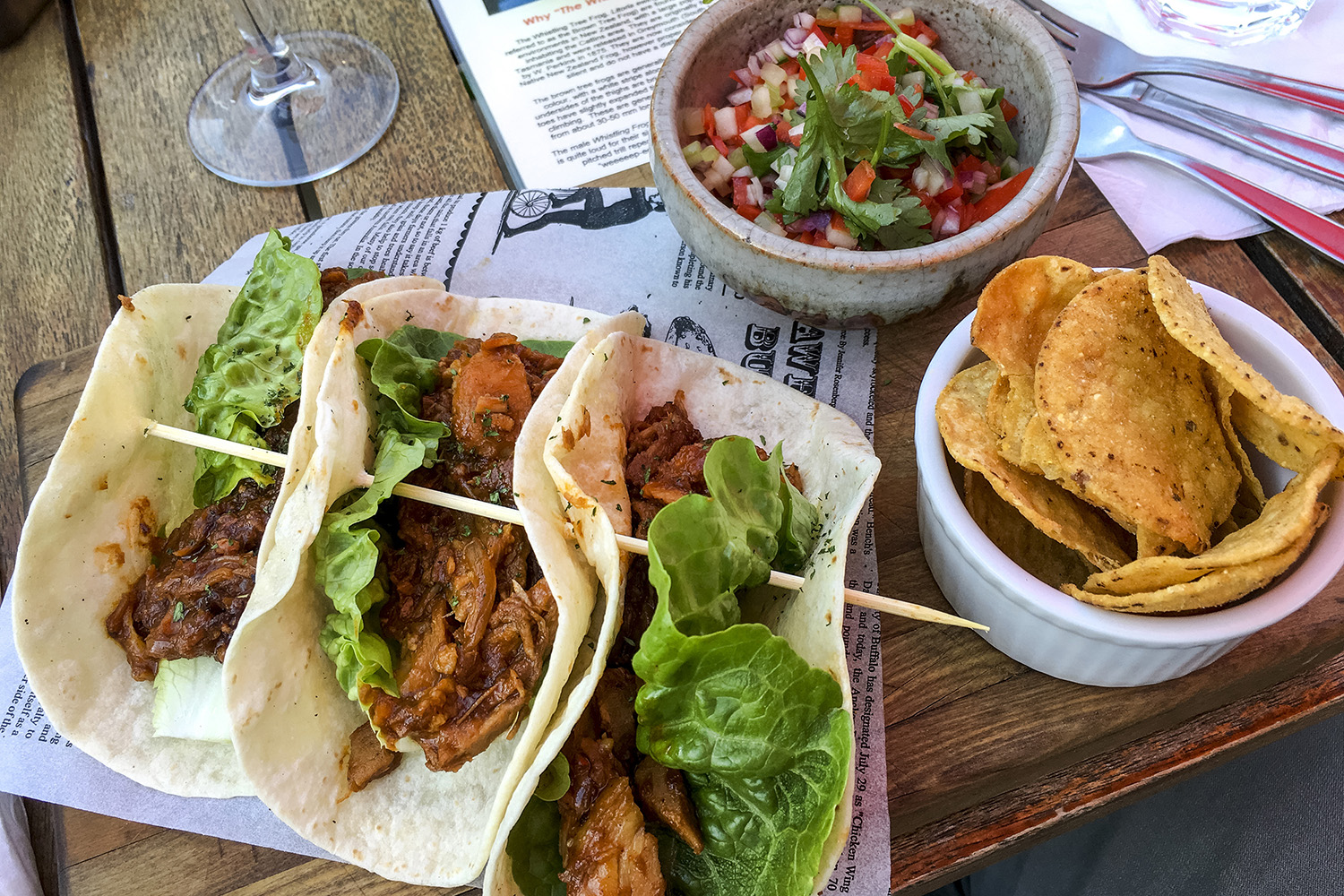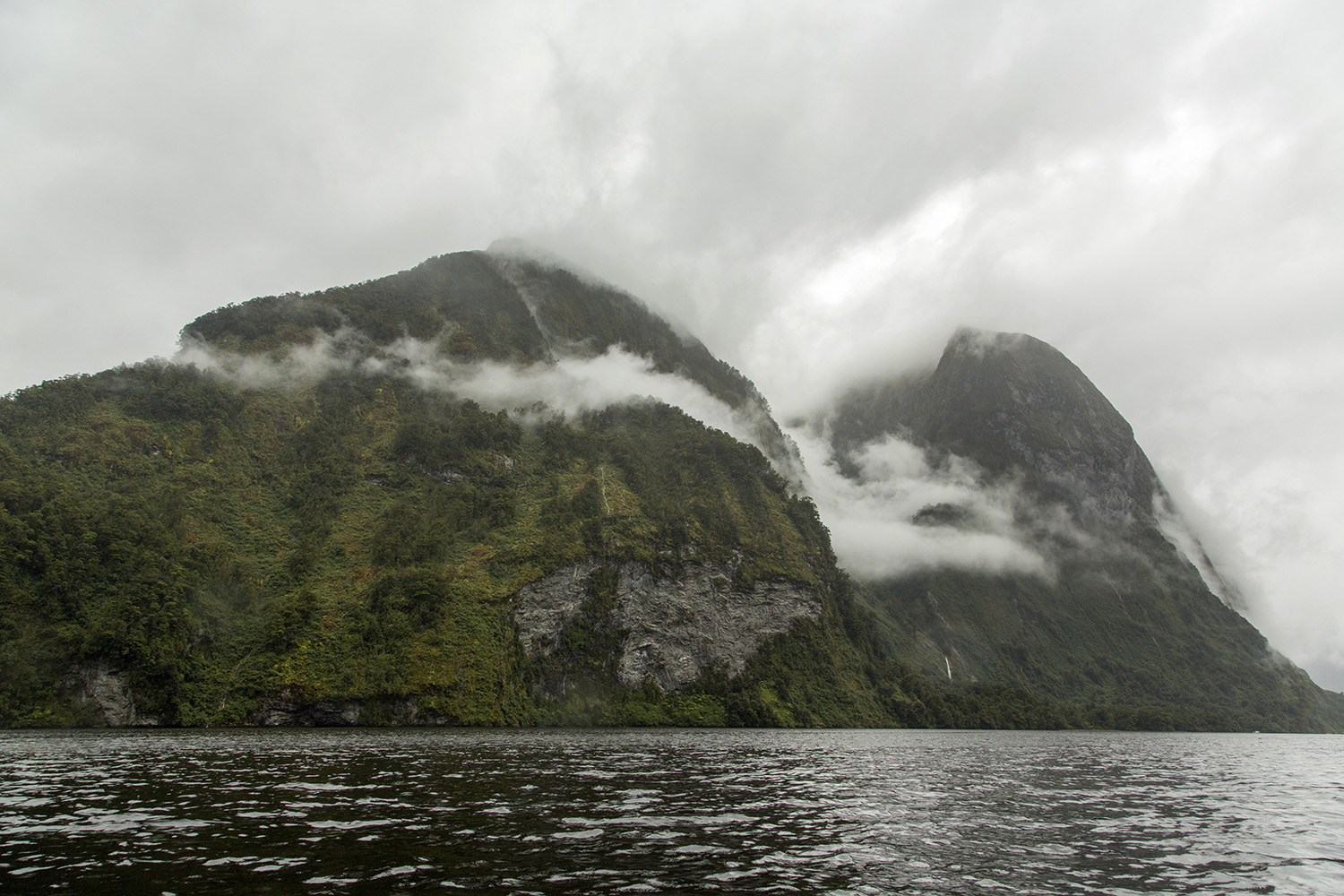Dunedin
Our trip took us south. To New Zealand's south island.
We flew from Wellington to Dunedin on New Zealand's south island. Dunedin is located on the southern coast and an easy two-hour flight. We first thought we'd take the ferry from the North Island to the South Island, but after looking at costs and the time it would take to drive, we felt it was easier, albeit a little more costly, to fly.
Our first stop in Dunedin was at Lanarch Castle, New Zealand’s only Castle. It was built 1871 by William Larnach, a merchant baron and politician, for his first wife Eliza. It took more than 200 workmen three years to build the Castle shell and master European craftsmen spent another 12 years embellishing the interior. Larnach spared no expense on his dream home, which features the finest materials from around the world.
When it comes to other castles around the world, this one is a mere baby, but it's still quite impressive. We stayed on site in one of the Lodge Rooms and the view from our window of the bay was stunning. The cost to tour the castle was included in our rate and it's well worth a full day exploring the castle and the grounds. The grounds and the gardens are nothing short of exquisite. If you're into garden and flora of all varieties, Lanarch Castle is a must see.
If you have the opportunity to dine in the castle for dinner, I do recommend it. The dinner was good, but not over-the-top great. I had the duck and Mike had the lamb. You're seated family-style in the formal dining room. We spent most of our evening talking with a lovely couple from Bath, UK. Our other dinner companions were three young couples from another country who were too lazy and rude to bother joining in the conversation. They brought their iPhones and barely looked up during dinner.
How typical.
Otago Peninsula
Overall, I can say with honesty, that our time in Dunedin was my favorite. Something about the region really spoke to me. I found it to be a quaint region filled with a lot of glorious scenic spots. My favorite was Sandfly Bay.
I told Mike that I wanted to go to the beach. We didn't think there were any decent beach spots in this area of the south island. We looked on the complimentary visitor info map found in our room at Lanarch Castle and I saw a marker for Sandfly Bay. I wasn't quite sure what to expect as we drove down Seal Point Road to the lookout point. But when we crested the top and saw the view above, I just stood there in awe. It looked more like something you'd find on an tropical island. Of course we were on an island, but I didn't expect this.
We had the beach to ourselves. The only other living thing around was the seal who was napping. See photo below, second row center. Every so often it would kick sand up on itself. We were advised not to get too close to the wildlife so we gave the seal a wide berth. Another couple on holiday from Belgium arrived and walked the beach as well. Then a few crazy 20-somethings came with the body boards and when straight into the water. Way too cold for me, I thought. If you keep going straight out from this point, you'd hit Antarctica.
You could feel the chill in the air from the southerly winds blowing up from Antarctica. We were told this region gets a few nice snowfalls a year.
As I walked quietly on the beach, the water was very cold and sharp against my feet. And well worth it.
The Moeraki Boulders
Visiting the Moeraki Boulders was a fun afternoon trip. The Moeraki Boulders are large and spherical boulders found along a stretch of beach on the Otago coastbetween Moeraki and Hampden. The boulders are composed of mud, fine silt and clay, and held together by calcite. The erosion by waves often exposes embedded isolated boulders from the bedrock and eventually they fall onto the beach.
The more interesting explanation comes from local Māori legends saying the boulders are the remnants of eel baskets, calabashes, and kumara (sweet potato) that were washed ashore from the wreck of Arai-te-uru, a large sailing canoe.
Some of the boulders are perfectly round and quite hard, while others have broken part to expose their insides. You can only access these at low tide. When high tide occurs, many are covered or partly covered. As we were checking them out, you could slowly see the tide starting to come back in.
If you're in the region, an afternoon trip here is well worth your time, but make sure you known when low tide is otherwise you're heading out in the water.
Sheep Shearing - Not what you'd expect
When in New Zealand, you must shear sheep....right?
My friend Jennifer, and former client from several years ago lives on the south island with her husband (who is from NZ) and their son. We had planned to meet up during our trip, but due to an unexpected illness, those plans were scrapped. Jennifer instead arranged for us to meet up with her sister-in-law Kim who lived on the way to our next destination, The Catlins. Kim and her husband own and sheep and cattle farm and we were invited to "experience the real New Zealand" shear a few sheep.
Hell yes! I thought.
Admittedly I thought I was going to hold and shear a few cute and cuddly baby lambs. Nope...not even close.
While I did get my fill of shearing full grown, adult sheep, I wasn't expecting to shear the dirty-ass, poop-crusted, business end. Someone's gotta do it. I didn't regret for one second.
As I was shearing away, I noticed that my left hand (see photo below) felt oily and greasy. I asked Kim what was up and she told me it was from the lanolin. I knew all about lanolin and that it was used in all sorts of skin care products, but I had NO CLUE where it came from.
Very little of this animal goes to waste. After the sheep are shorn professionally (twice a year), the wool is cleaned, the lanolin is extracted and the wool goes to its various destinations. Kim said the wool here would end up as carpet fibers. Then the sheep goes to market and eventually on someone's dinner plate. Even sheep placenta is not wasted. In New Zealand and other parts of the world, sheep placenta is said to be nutrient-rich and have age reversing properties in skin care products. I did buy a few sheep placenta skin care products but I haven't braved up enough to slather it on my skin.
The Catlins
The Catlins were another unexpected and hidden gem in New Zealand. We only spent two days here and I wish we could have stayed longer. The area is very diverse ranging from scenic beaches to tropical forests filled was amazing waterfalls.
The walk to Purakaunui Falls (above) is just a 10 minute easy walk off the Purakaunui Falls Road which is right off the main road. You'd think the hike to such a gorgeous spot would take forever. We visited this spot twice. We knew we wanted to take photos. Our first trip was in the middle of the afternoon and too much of the falls was in direct sun and with too many harsh shadows. So we came back after we knew the sun had set behind the tree line (thanks SunSeeker iPhone app!).
I wanted walk on the beach again so we made another short drive down to Tautuku Beach. Prior to our trip, I had one of the busiest and most successful years of my career. 2015 year flew by. I was busy-non stop. I was emotionally exhausted. I needed the break. I made a few silent promises to myself while sitting on this beach. So far, I've kept them.
We stayed at the Whistling Frog in one of their private cabins and this was a lovely little spot. We were there right before the start of their summer season and it was practically empty. Our hosts told us that in a week or so, they'd be full every weekend. Dinner at their cafe was pretty outstanding too.
On a side note, camper vans are a very popular way to see New Zealand. For the brave souls who aren't easily offended, you can rent from Wicked Campers. Warning...their website contains nudity. You never know what your van will say.
Kayaking in Doubtful Sound
Sharks? Did you say something about sharks?
Well he did say it...he said it twice.
A really cool named Cloudi, originally from Wales, was our guide for our day spend kayaking Doubtful Sound. We booked a trip through Adventure Kayak and Cruise. This was another segment of the trip that we had really looked forward to. More on that later.
We had a small group: myself, Mike, a trio of 20-something girls from France who barely spoke a word of English and Cloudi, our guide. Cloudi's plan for us was to kayak Doubtful Sound itself, but due to very strong winds, we kayaked an offshoot, Hall Arm. Blow up the map link to see exactly where this is. Doubtful Sound is only accessible by boat, located in Fiordland National Park.
Doubtful Sound is remote...I mean really remote. Click the link if you don't believe me. Some claim that areas of Fiordland National Park have yet to be explored. You can't just drive here. You're likely boating in and IF you can find a place to dock, you can explore the mountainous terrain.
It was a two hour trek just to get to Doubtful Sound. We boarded a boat in Manapouri and crossed Lake Manapouri for nearly an hour. From there, we hopped on a rickety van and made another 45 minute trek through the mountains until we finally reached the Sound. From there, we boated out into the middle Doubtful Sound and got into our two-person sea kayak.
The winds were strong and the rain was nearly non-stop. And it was cold. At least cold for me. Temps were in the high-40s. We dressed in several layers: A swimsuit as a base layer, then a full body wet-suit that was nearly impossible to get on. After that we wore a woolen type of sweater and on top of that our rain jackets. Then a life vest. I felt like the Michelin man. Cloudi gave us fleece hats with ear flaps to keep out the sandflies which were abundant, and annoying, as you paddled too close to the cliffs. These were very warm and very welcome.
I don't mind being cold. I don't mind being wet. But I DO mind being cold AND wet. This was the only part of our day which was less than fun. Most the pretty pictures on their website had happy smiling people in kayaks on a mostly sunny day. They never bothered to mention that it rains in Doubtful Sound over 250 days a year. That tidbit of information would have been welcome knowledge.
Nonetheless, even with the cold wind and rain, it was a truly amazing day. I felt like we were the only people on the planet. We had Hall Arm to ourselves so we explored as much as we could.
Sharks? Did you say something about sharks? Cloudi told us that deep underneath, sharks occasional swim in the sound. We kayaked in 600 feet of water that was a black as ink. Cloudi explained that the first 300 feet or so was freshwater rain and snow runoff from the mountains. The remaining depths are from saltwater that flows in from the Tasman Sea. When he said the word "sharks" our friends from France who barely spoke any English understood him very clearly. "Sharks? Did you say something about sharks?" one asked with a hint of panic in her voice.
We didn't see any sharks (thankfully) but a few penguins were spotted in the water.
Milford Sound
As we wrapped up our trip to Fiordlands National Park, we diverted north for a day trip to Milford Sound which is much more popular and heavily traveled than Doubtful Sound. The two hour drive took us through gorgeous landscapes including mountain ranges, glacier-carved valleys, blue lakes and rivers and native rain forests. The drive itself was the only part of this trip that was worth it.
Once we arrived at Milford Sound, it was basically a haven for tour buses and giant boat cruises. If you're into that sort of thing, that's great. But for me, it's beyond unappealing on so many levels. There are lots of kayaking and hiking opportunities that depart from Milford, but from all of our research, it's overly crowded which was the sole reason we chose Doubtful over Milford. We had hoped to do some day hiking in Milford, but most of the hiking (tramping) are multi-day treks that required lots of gear and permits that you need to get months in advance to get. We have the gear, but we didn't want to haul both overnight hiking and camping gear, plus our regular luggage.
As we drove back en route to Queenstown, our final destination, we found a scenic spot along a river for a quiet lunch. It was just us and the ever-present sandfly.
Central Otago Wine Region
Queenstown was the only leg of our trip where we didn't have something pre-planned or pre-scheduled. Queenstown is a small city, hovering around 25,000 in population but it's a haven for hikers, backpackers and the wayward souls who are working and trekking their way through New Zealand. It's filled with your typical touristy hot spots, cheap yet really damn, good restaurants, five star hotels and dingy youth hotels.
We spent the first day doing nothing at Hotel St. Moritz. This was my fault. I was sick. Damn the spicy shrimp from dinner the previous night!
The next day, Mike arranged for an impromptu tour of the Central Otago Wine Region. For around $200 pp, this was well worth an afternoon exploring the countryside, checking out the vineyards and of course, all the free wine tastings you could stand. The shuttle picked us up at the hotel at 9 a.m. and along with two other couples, the seven of us (driver included) visited four vineyards, a lovely stop for lunch (included in the fare), and a roadside fruit and vegetable stand. We were back at the hotel for 5:30 in time to get cleaned up for our last dinner and one of our dinner splurges on our trip.
Until Next Time
We are already planning our next trip, hopefully in the next five years or so. Getting here is not easy and staying here for nearly a month is not cheap. But with a little, actually a lot of advance planning (done mostly by Mike) you can eat well, tour well and sleep well for less money than you think. We had over $3,000 left over in our budget!
There are places we want to visit again, and there are places we wished we had skipped over. I came back rested (sort of). But mostly, I had a clearer vision of what I wanted out of life and of my career going forth into 2016.
Here we are, April 7th, 2016. That vision is still crystal clear.











































































